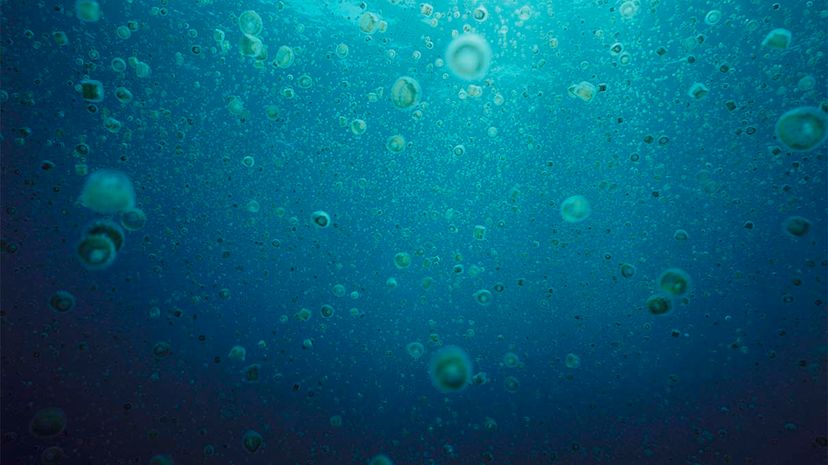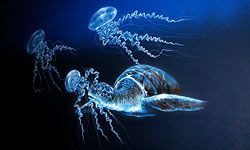
Skinny dipping is frowned upon on most public beaches in the United States, but this summer, the Florida Department of Health is recommending sea bathers wear as little as possible when visiting Florida beaches. The reason is sea lice, the mention of which probably makes you want to wear more clothes right? You don't know what sea lice is yet, but it sounds like something that would make you want to avoid the ocean altogether.
The so-called sea lice, or "sea-bather's eruption," that's harassing Florida beachgoers this summer isn't remotely related to terrestrial lice. It doesn't infest your hair or drink your blood, and it's actually not interested in you at all — it's a tiny little jellyfish baby that wants to get out of your bathing suit so badly it has no choice but to sting you.
Advertisement
The tiny larva of the thimble jellyfish (Linuche unguiculata) hatch into the warm waters of the neotropic Atlantic in late spring and early summer, although they can be found in waters in the Gulf of Mexico as well. They're translucent and smaller than coffee grounds when they hatch — it's pretty difficult to see them with the naked eye unless the light is just right — but they're big enough for their sting to be extremely uncomfortable.
These young jellyfish are terrible at getting out of your way as you boogie-board past them, and they get stuck in the folds or crannies of whatever you're wearing. Big swim trunks and those sensible, sun-deflecting rash guards are perfect places for these babies to get trapped. When you get out of the water, and they're still stuck in the depths of your one-piece, it triggers their stinging cells, called nematocysts. The toxin they inject into your skin is mild in the case of these baby thimble jellyfish, but it pokes tiny holes in your cells. You might not notice a rash forming until 24 hours after you get out of the water, but washing with fresh water or rubbing with a towel or even just continuing to wear your bathing suit can make the rash worse.
So, if you go to a Florida beach this summer, look out for purple flags alerting bathers to the presence of sea lice. If you decide to swim, consider dressing a bit less modestly, just this once.
Advertisement

